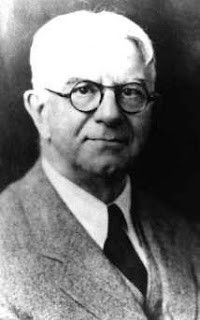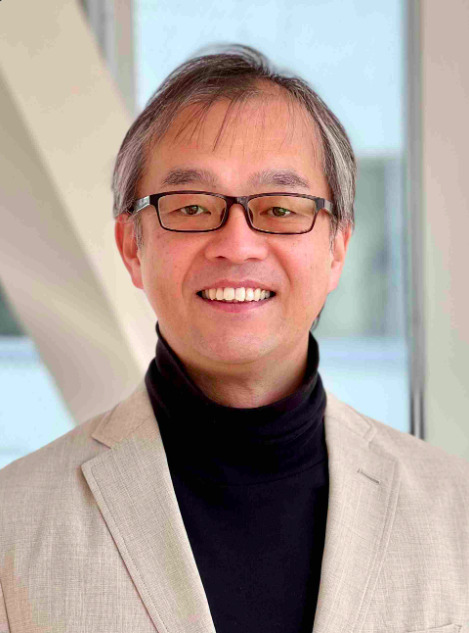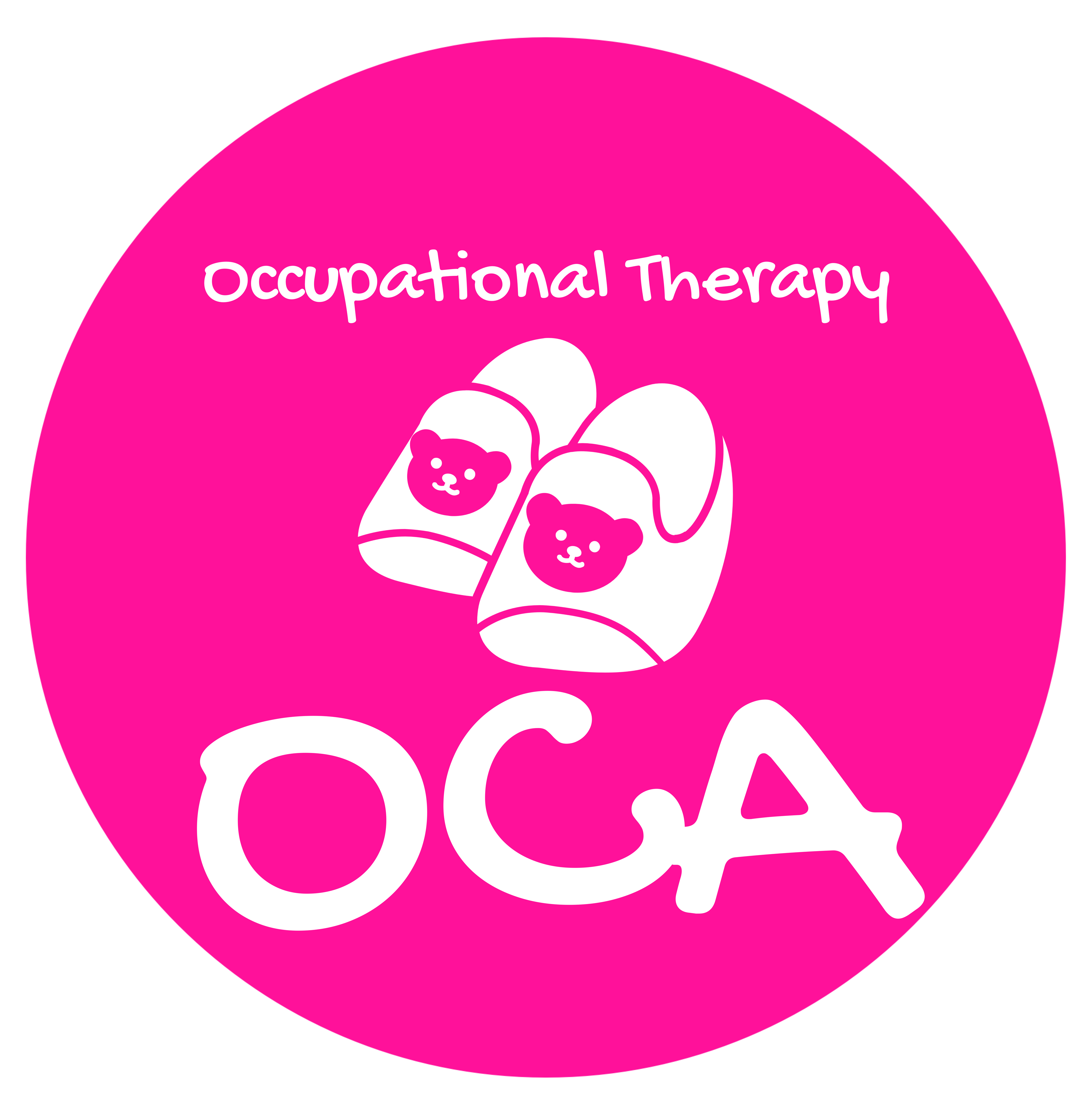ダントンに学ぶ作業療法の原理


ダントンに学ぶ作業療法の原理について」サクッと解説します
- 作業療法の原理に興味がある
- ダントンについて知りたい
ダントンに学ぶ作業療法の原理
作業療法の父ダントン
作業療法の父と称されるWilliam Rush Duntonは、1918年に作業療法の原理を提案しました。
Dunton WR: The principles of occupational therapy. Public Health Nurse, 18, 316–321, 1918.
生活行為向上加算の追い風を受けて、作業に根ざした実践(本来の作業療法)が広がりつつあるため、ダントンが示した作業療法の原理を改めて理解しておく必要があります。
ダントンの作業療法の原理は、NSPOTで組織された委員会でもまれて、後に長いあいだ作業療法の基盤となった15の原理へと発展したからです。
これ抜きに、作業療法を深く強く理解することはできません
ダントンが1918年に示した作業療法の原理
ダントンが提唱した作業療法の原理9つは以下の通りです。
1. That work should be carried on with curried the main object.
2. The work must be interesting.
3. The patient should be carefully studied.
4. The one form of occupation should not be carried to the point of fatigue.
5. That it should have some useful end.
6. That it preferably should lead to an increase in the patient’s knowledge.
7. That it should be carried on with others.
8. That all possible encouragement should be given the worker.
9. The work resulting in a poor or useless product is better than idleness.
下記の書籍に記載されています。
一目でわかるように、当時のダントンはoccupationとworkを明瞭に区別できていませんでした
これは、アメリカ大陸の植民の過程で、過酷な自然のなかで生きるためには労働しなければならなかった、という歴史的背景を踏まえないと理解しがたいかもしれません。
当時の作業療法の担い手たちは、労働(occupationやwork)は生きるためには欠かせないという体験を共有する開拓者の血脈を受け継いでいたので、両者の概念の使用があいまいなっていたところがあるわけです。
なので、現代作業療法では明確に区別されている両概念は、当時「生きる」という点でひとつに結びついていたところがあるのです。
とはいえ、世界初の作業療法の教科書を書いたTracyは、当時から両者の概念の違いに注意が向いていたことを考えると、いささか脇が甘いと感じちゃいますね。
ダントンの作業療法の原理から学べることは何か
結論:①作業を活用する目的を明確にすることと、②そのためには入念な準備が必要だということ
当たり前といえば当たり前ですが、それでもその内実を見ると視野が広がります。
まず彼の原理を見ると、作業は病者の健康と教育のために活用するべきである、という観点で貫かれていることがわかります。
現代作業療法は健康と安寧に視点を向けますが、彼はそれに加えて人間の成長にも視点を向けていたことがわかります。
まぁ作業療法の目的に、作業を通した健康と教育を掲げているのは、当時の作業療法の特徴なんですけどね。
そして、それを達成するために、作業を使う専門家は入念に評価し、計画を立てて、介入せよ、と表明しています。
実際、彼の著作を読むと、丁寧に作業が目的として、手段として用いられていたことがわかります。
趣味は2つ以上持てとか、結構ユニークなことも書いてあるのですが、それでも単純に作業を提供すれば良いと考えていたわけではありません。
作業に根ざした実践が注目されているからこそ、ぼくたちはダントンからもう一度学びなおす必要がありますね。
ダントンの作業療法の原理がわずか1年で改定される
ダントンの作業療法の原理には続きがある
ダントンの作業療法の原理には続きがあり、1918年にはじめて表明されてからわずか1年後の1919年に、NSPOTの委員会で15からなる作業療法の基礎原理として改定されました。
それが以下です
1. Occupational therapy is a method of treating the sick or injured by means of instruction and employment of productive occupation.
2. The objects sought are to arouse interest, courage, and confidence; to exercise mind and body in healthy activity; to overcome functional disability; and to re-establish capacity for industrial and social usefulness.
3. In applying occupational therapy, system and precision are as important as in other forms of treatment.
4. The treatment should be administered under constant medical advice and supervision, and correlated with the other treatment of the patient.
5. The treatment should, in each case, be specifically directed to the individual’s needs.
6. Though some patients do best alone, employment in groups is usually advisable because it provides exercise in social adaptation and the stimulating influence of example and comment.
7. The occupation selected should be with in the range of the patient’s estimated interests and capability.
8. As the patient’s strength and capability increase, the type and extent of occupation should be regulated and graded accordingly.
9. The only reliable measure of the value of the treatment is the effect on the patient.
10. Inferior workmanship, or employment in an occupation which would be trivial for the healthy, may be attended with the greatest benefit to the sick or injured. Standards worthy of entirely normal persons must be maintained for proper mental stimulation.
11. The production of well-made, useful, and attractive articles, or the accomplishment of a useful task, requires healthy exercise of mind and body, gives the greatest satisfaction, and thus produces the most beneficial effects.
12. Novelty, variety, individuality, and utility of the products enhance the value of an occupation as a treatment measure.
13. Quality, quantity, and salability of the products may prove beneficial by satisfying and stimulating the patient but should never be permitted to obscure the main purpose.
14. Good craftsmanship, and ability to instruct, are essential qualifications in the occupational therapist; understanding, sincere interest in the patient, and an optimistic, cheerful outlook and manner are equally essential.
15. Patients under treatment by means of occupational therapy should also engage in recreational or play activities. It is advisable that gymnastics and calisthenics, which may be given for habit training, should be regarded as work. Social dancing and all recreational and play activities should be under the definite head of recreations.
ソースは以下の書籍です
改定された作業療法の原理は、occupationとworkの区別も明瞭
改定された作業療法の原理では、occupationとworkの区別も明瞭で概念に混乱はありません。
他方、「作業療法は病者の治療と教育のために活用する方法である」というスタンスは維持されています。
読むと分かりますが、15の文章からなる作業療法の基礎原理は現代作業療法にも通底していることが理解できます。
また作業療法士としての資質として、優れた技能、楽天性、教育力、理解力、誠実さが求められると明記しています。
楽天性というのはなかなか面白くて、作業に従事するとときに苦労することもあるから、そういときでも病者がふんばれるように希望を見出せる態度が必要だという理解でよいと思います。
やっぱダントン先生、面白いですねー。
ダントンはパラダイムの変換を長期にわたり見てきた
ちなみにダントンは、90歳前まで働いていたらしく、つまり作業パラダイム→医学モデルからの批判→還元論パラダイムの台頭→専門職としての同一性の危機→作業行動パラダイム勃興という過程を、すべて体験していることを意味しています。
これすごいことですよ。
ぼくたちは同一性の危機後の世界しか知らないですが、彼は一人で全部見てきたわけですから。
1914年に作業療法という概念を提唱した建築士のバートンは、9年後の1923年に亡くなっていますから、ダントンがいかに長きにわたって活躍したかがわかります。
ダントンは晩年、こうした動向をどんな思いで見ていたのでしょうかね。
まとめ:ダントンに学ぶ作業療法の原理

ダントンに学ぶ作業療法の原理について」サクッと解説しました
作業療法の原理については、作業療法の提唱者である「ダントン」から詳しく学ぶことができます。
歴史のはじまりに目を向けて学びなおすというのも深く原理を知ることに繋がり面白いです。






